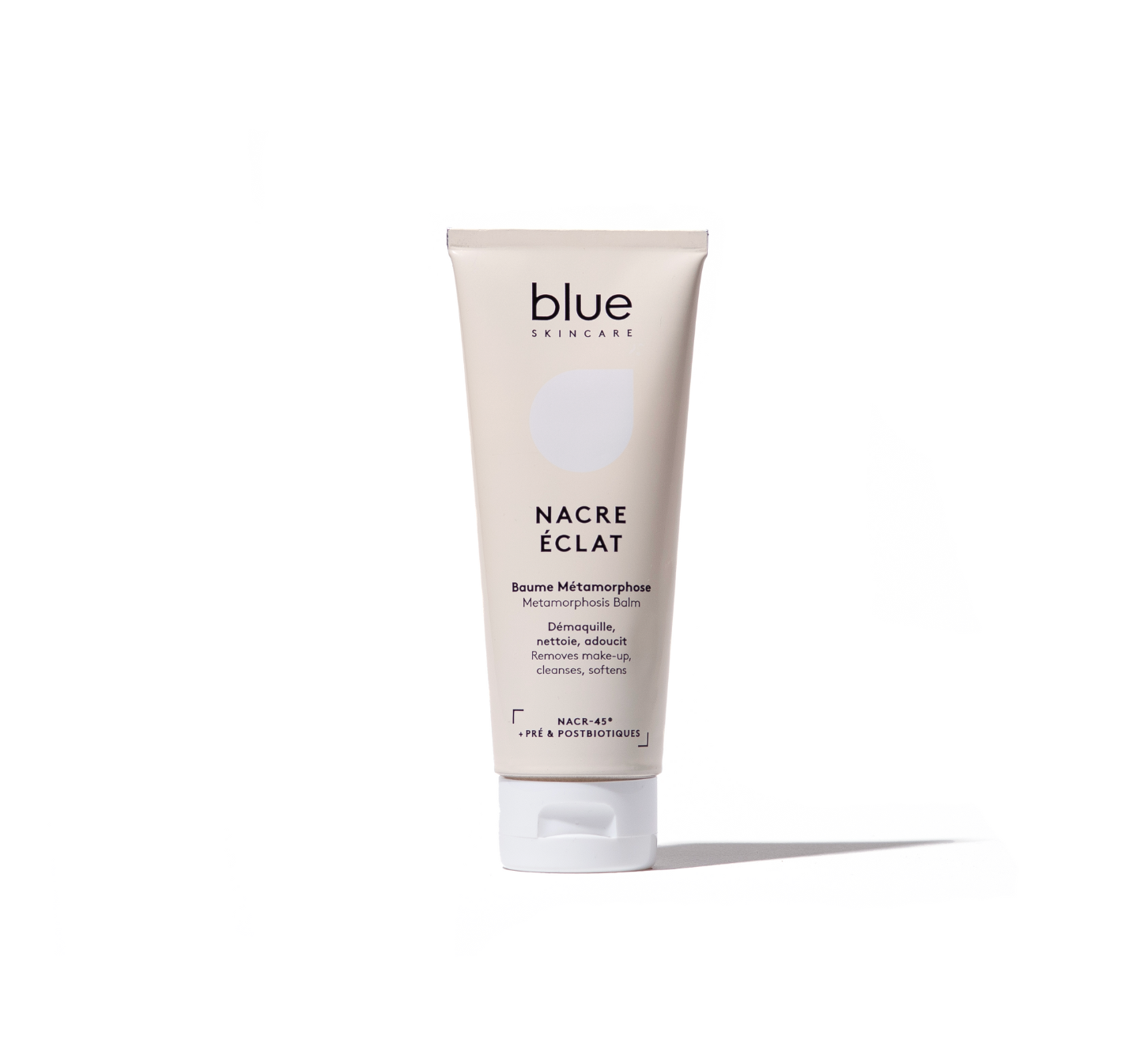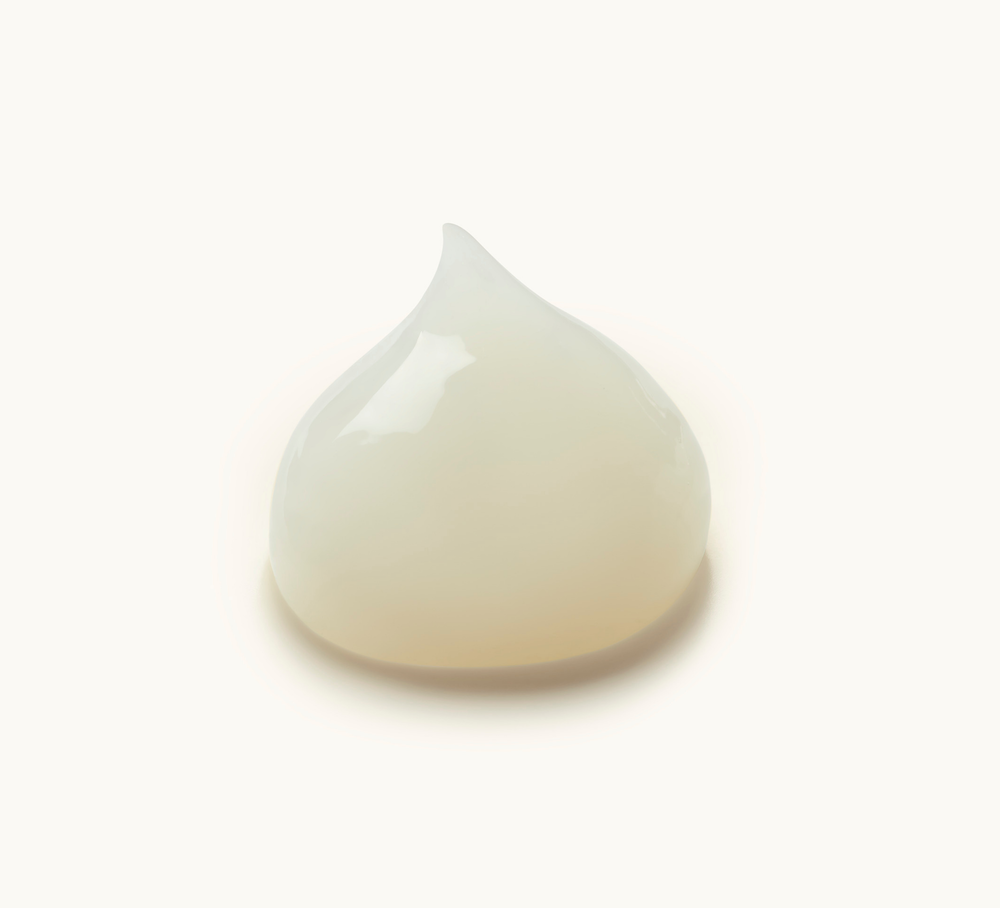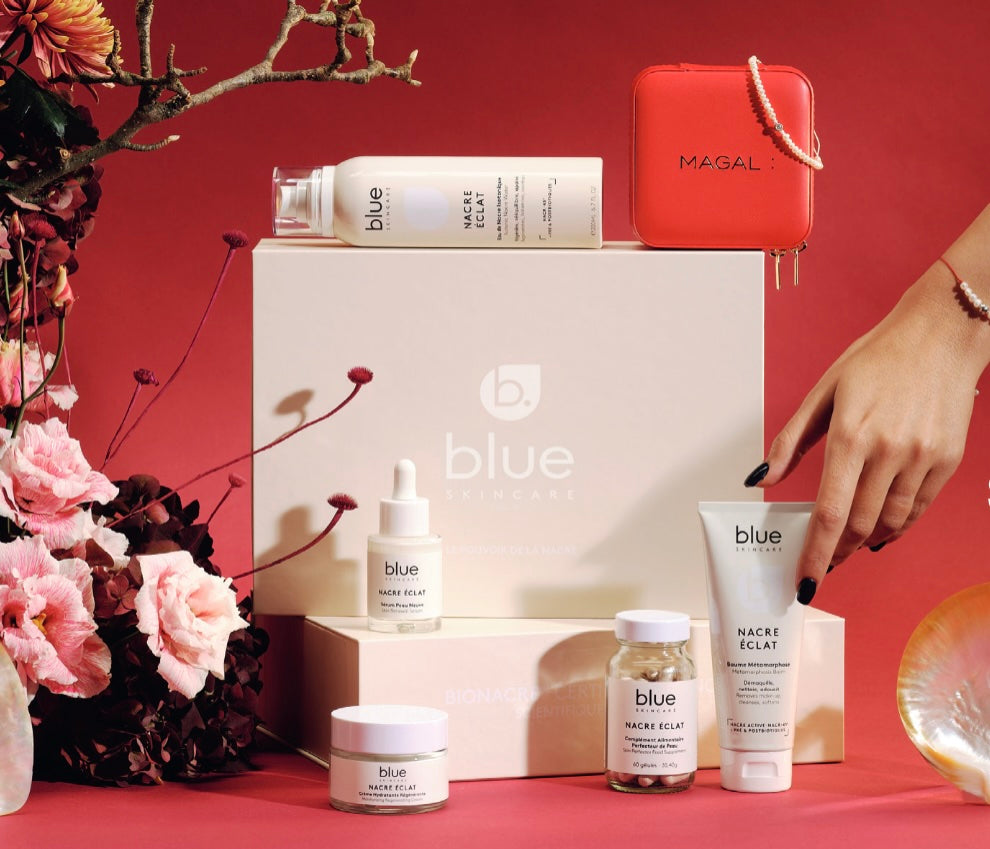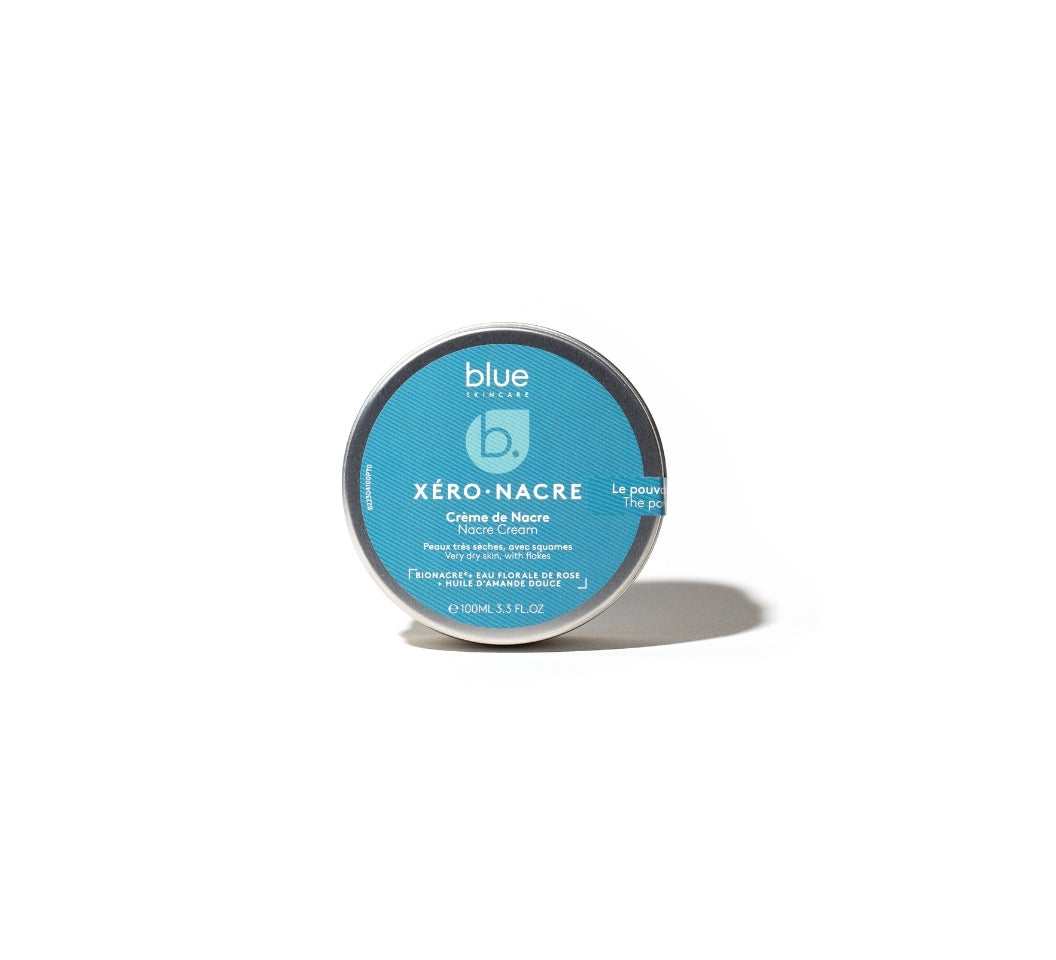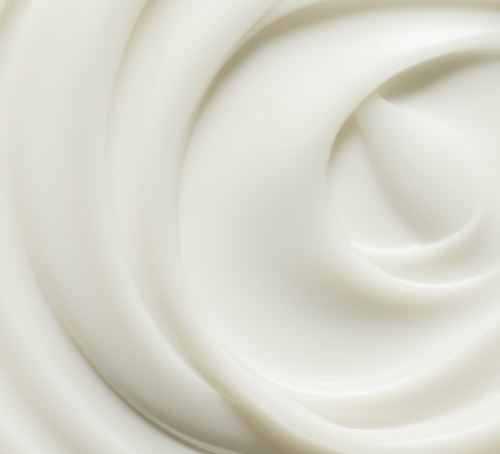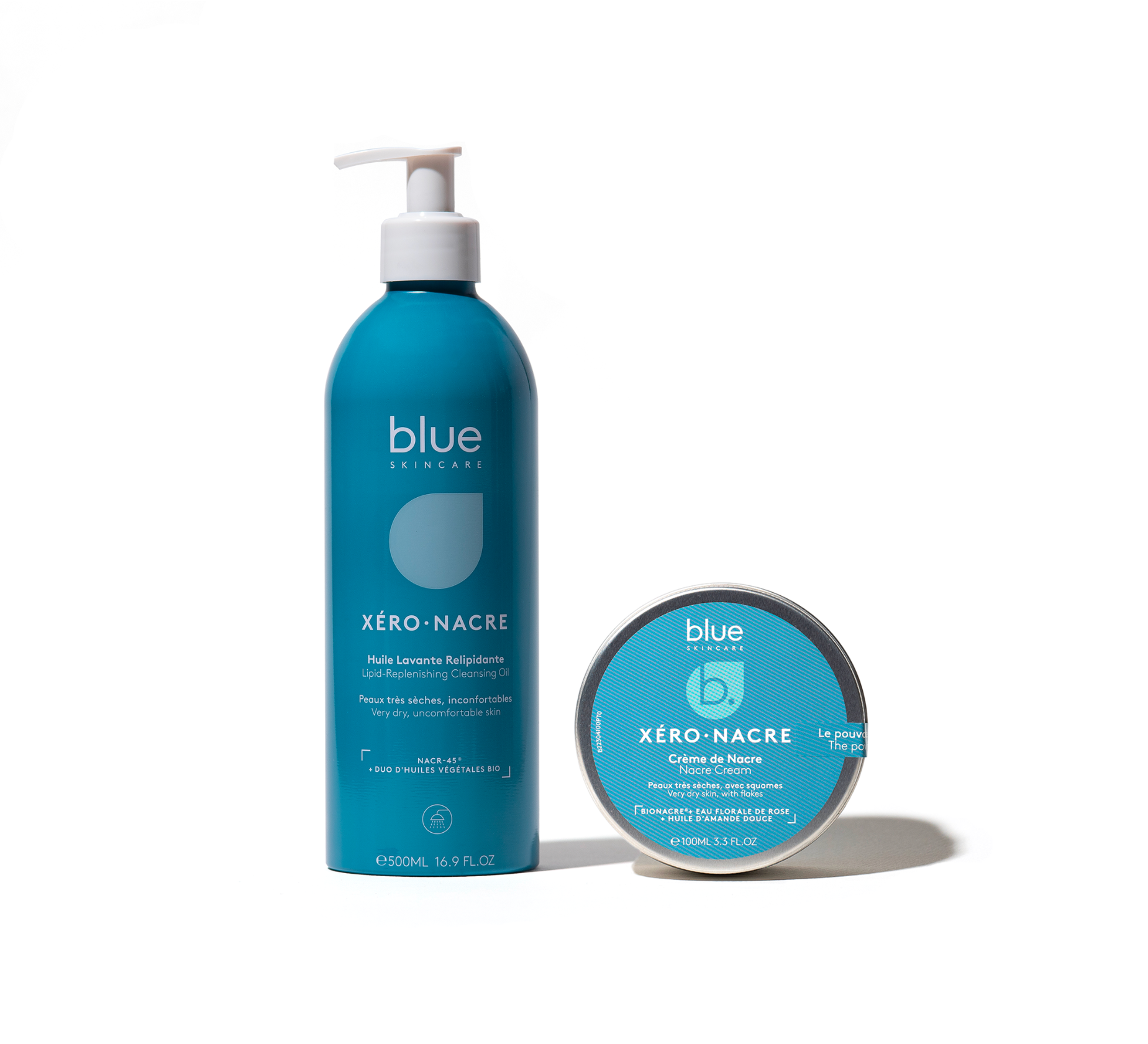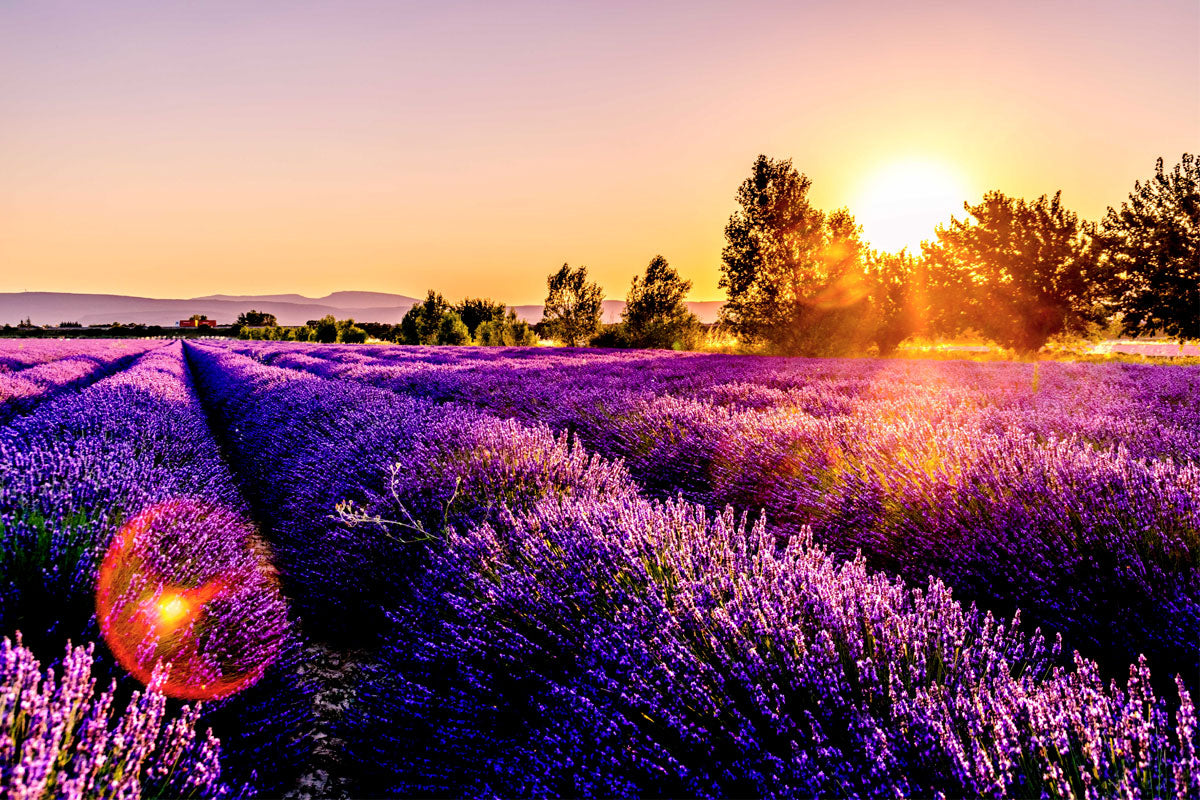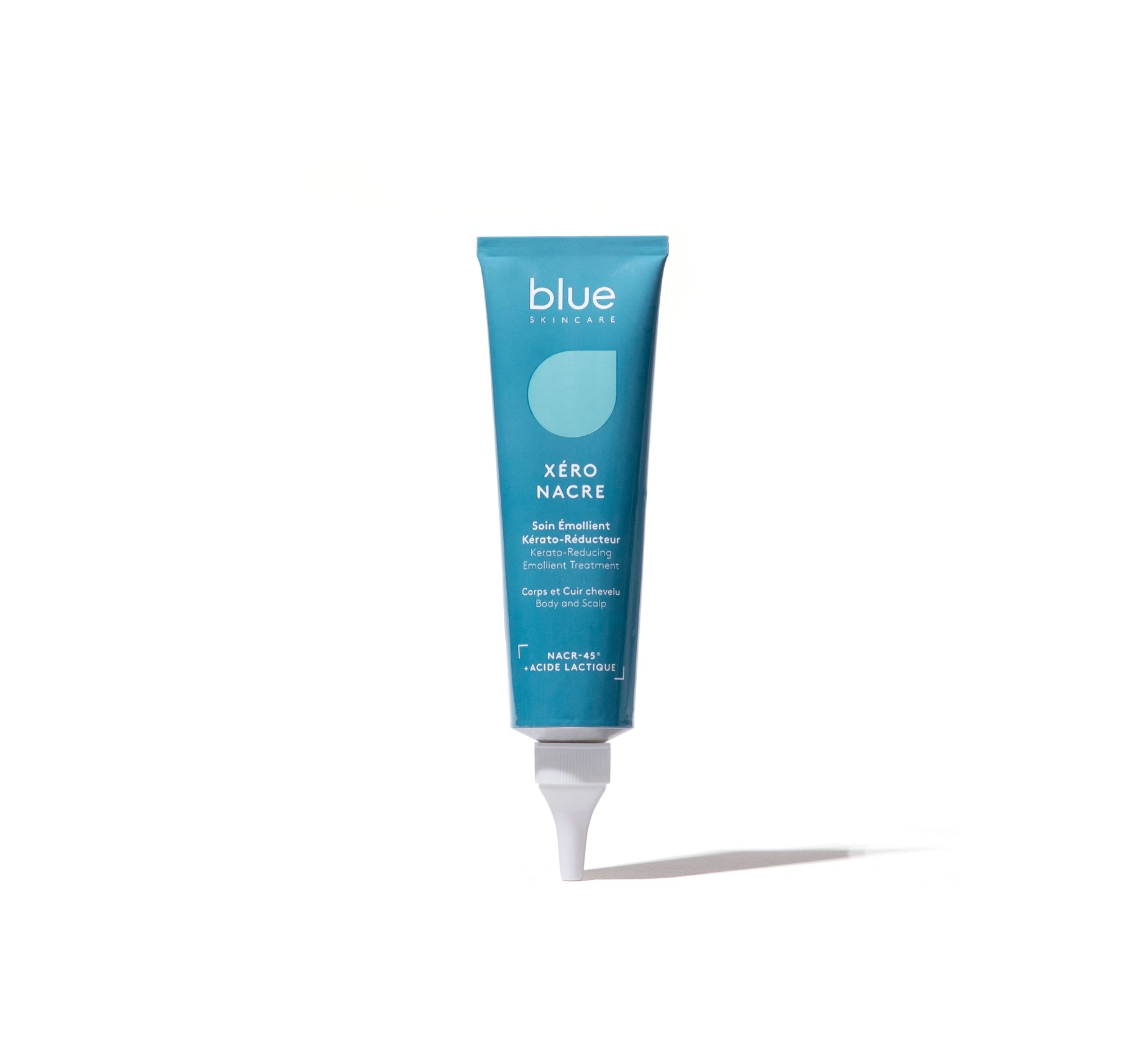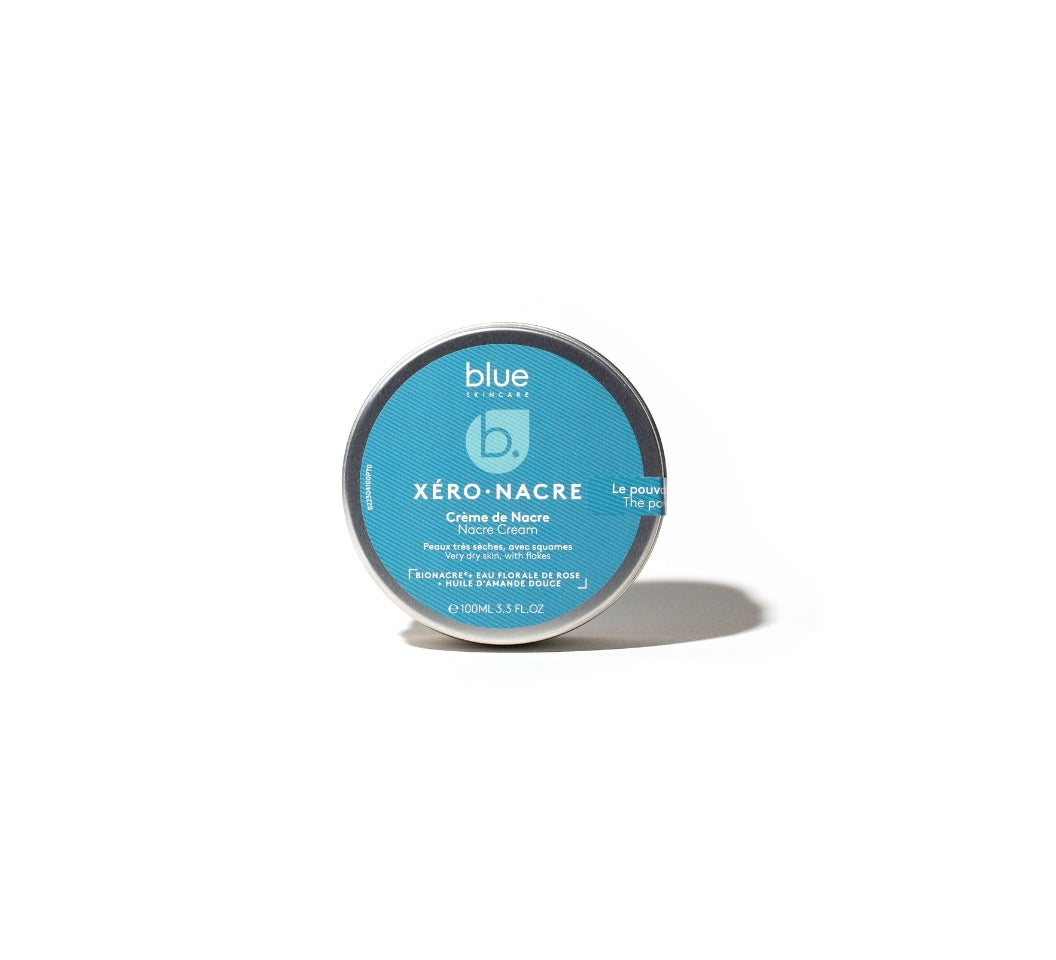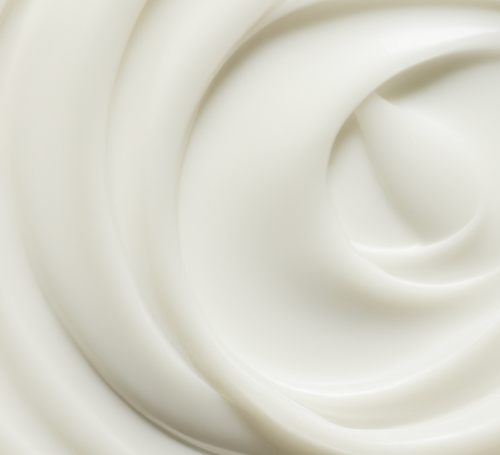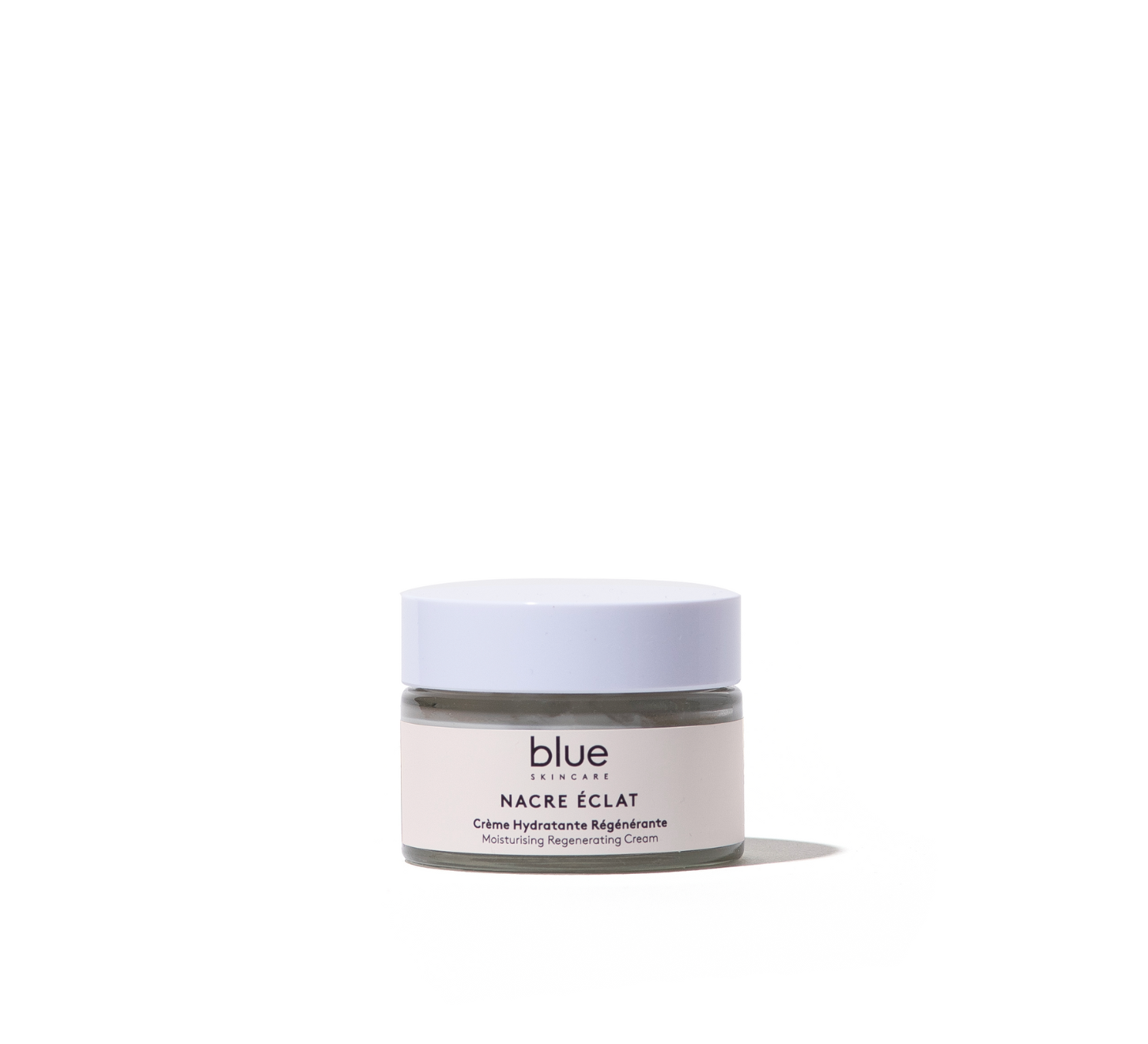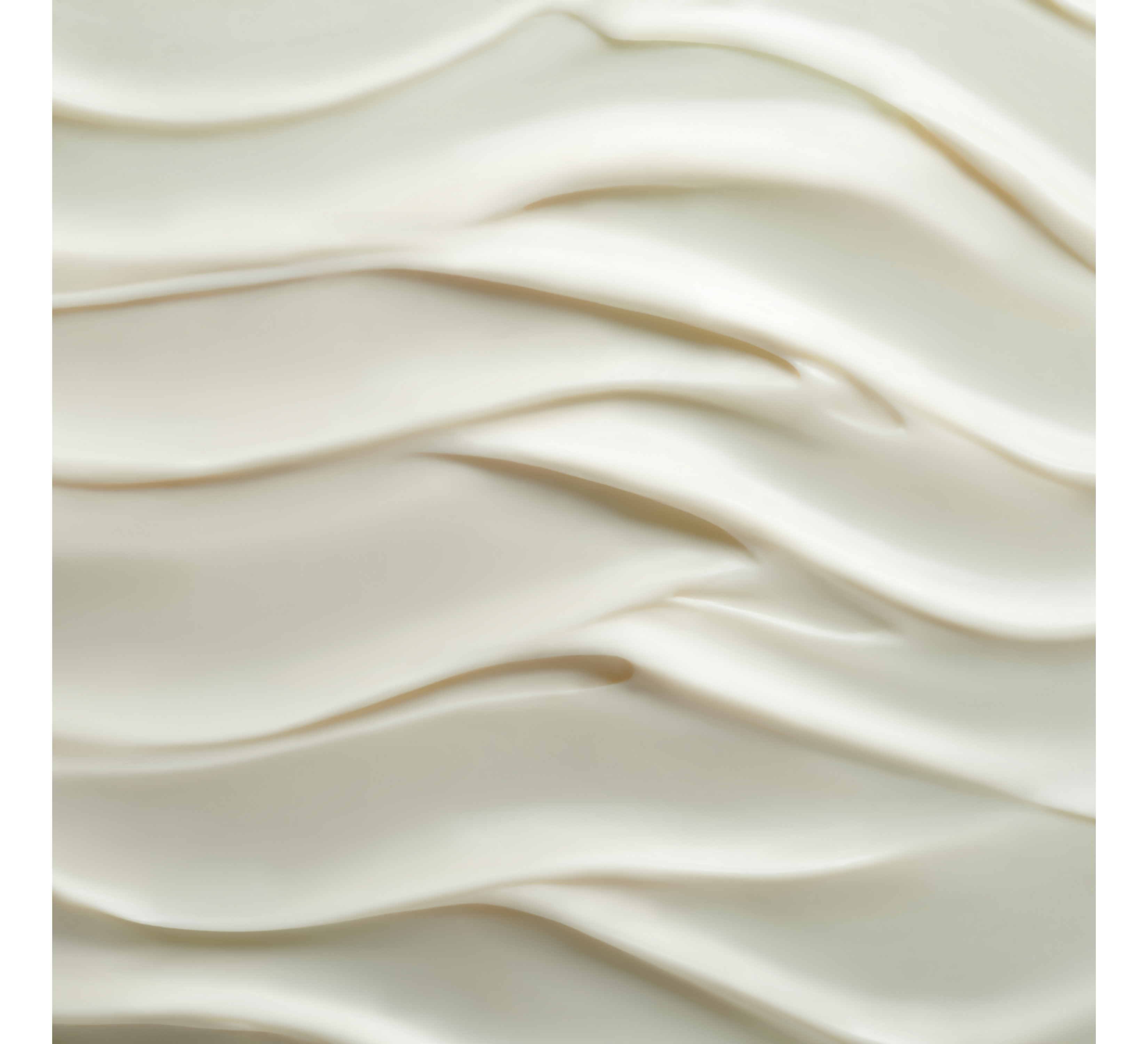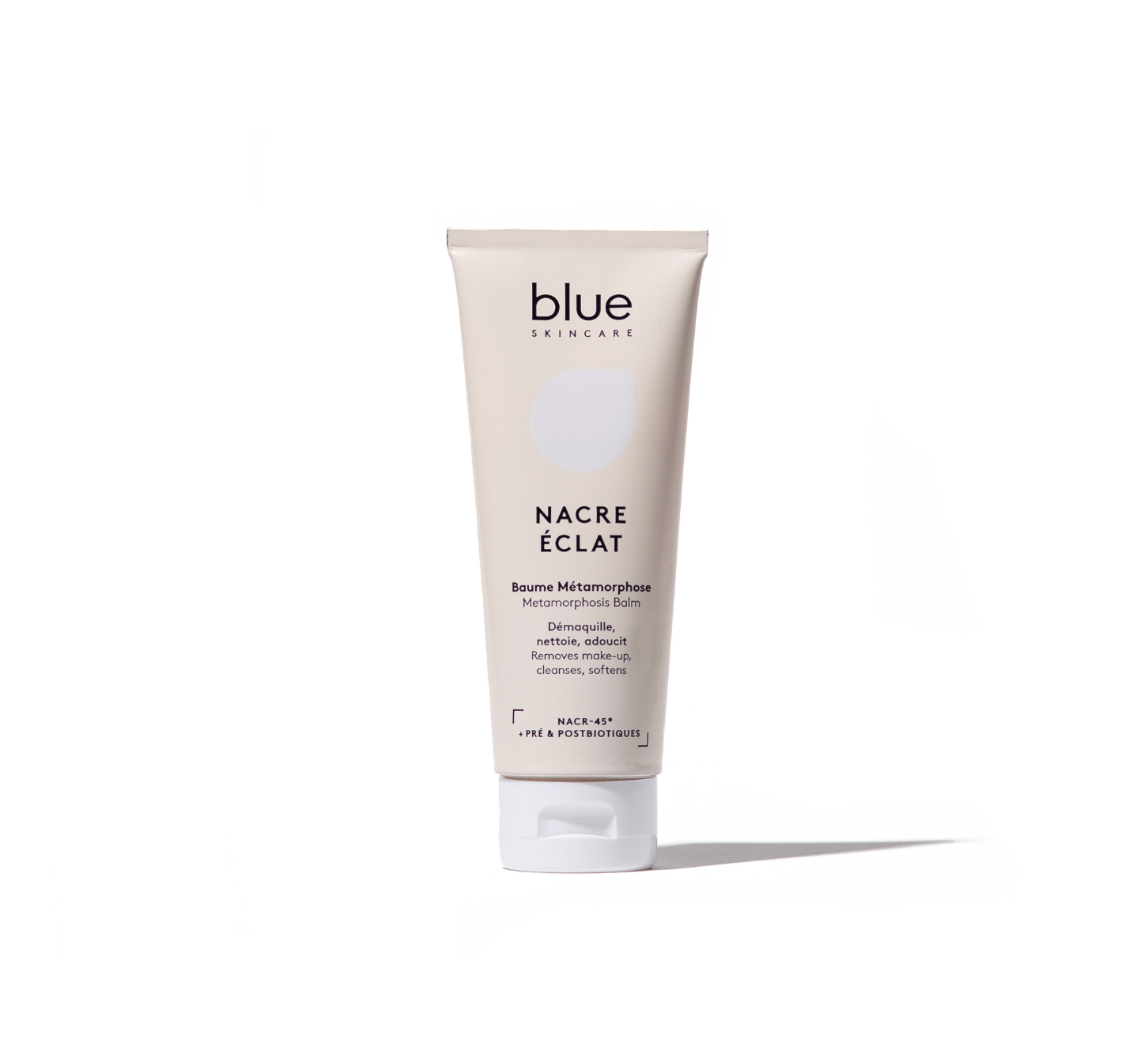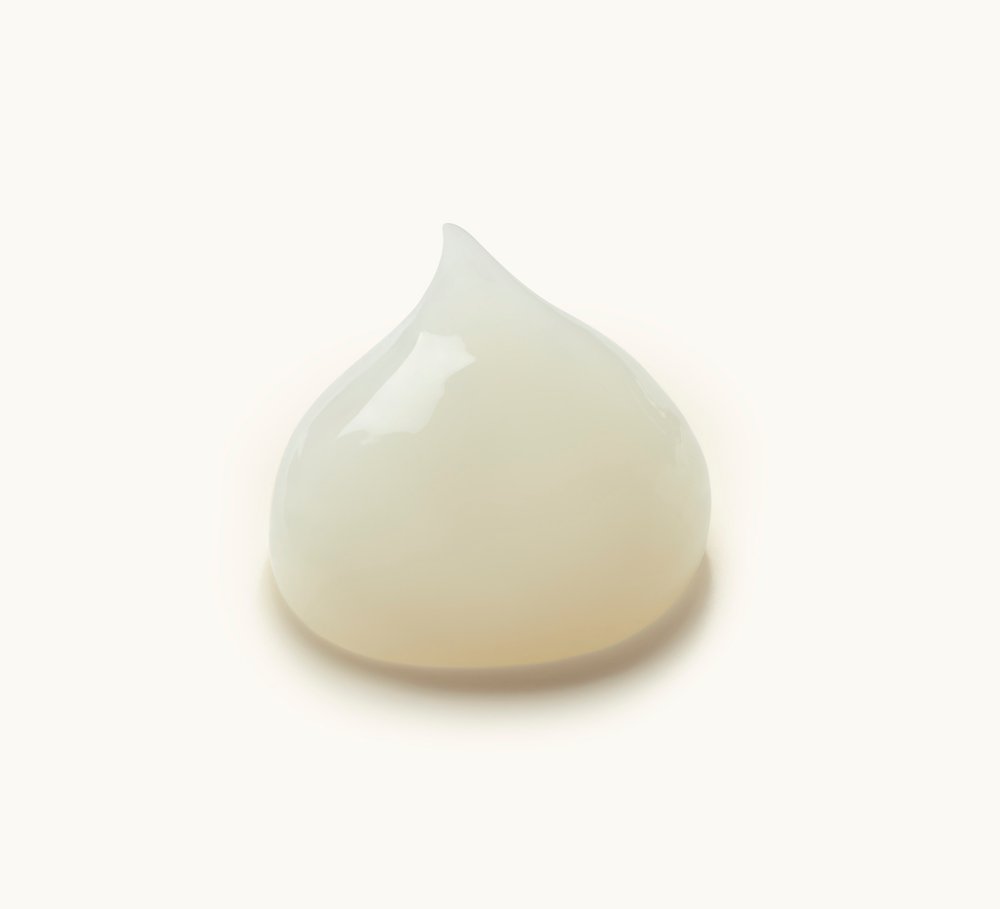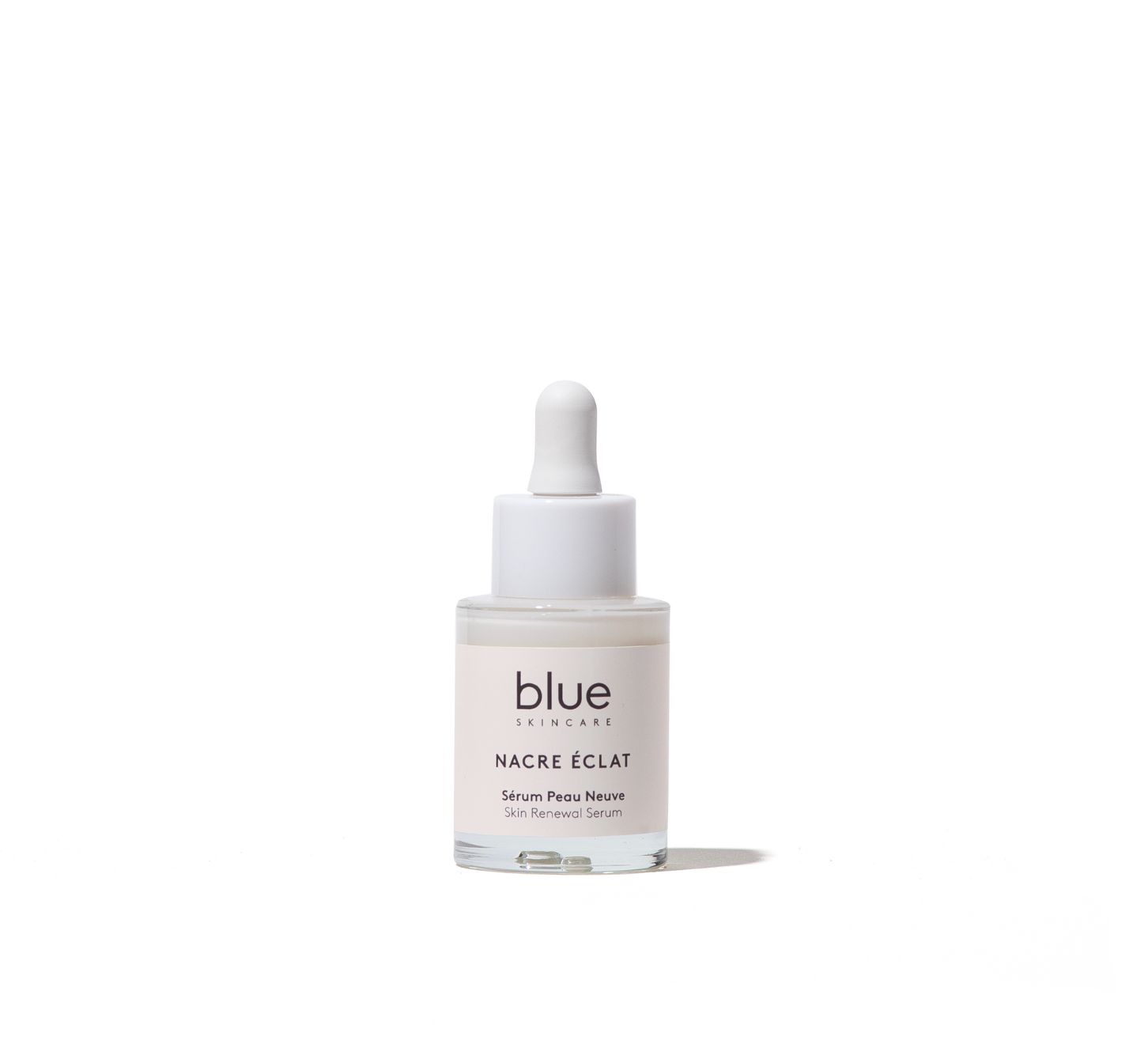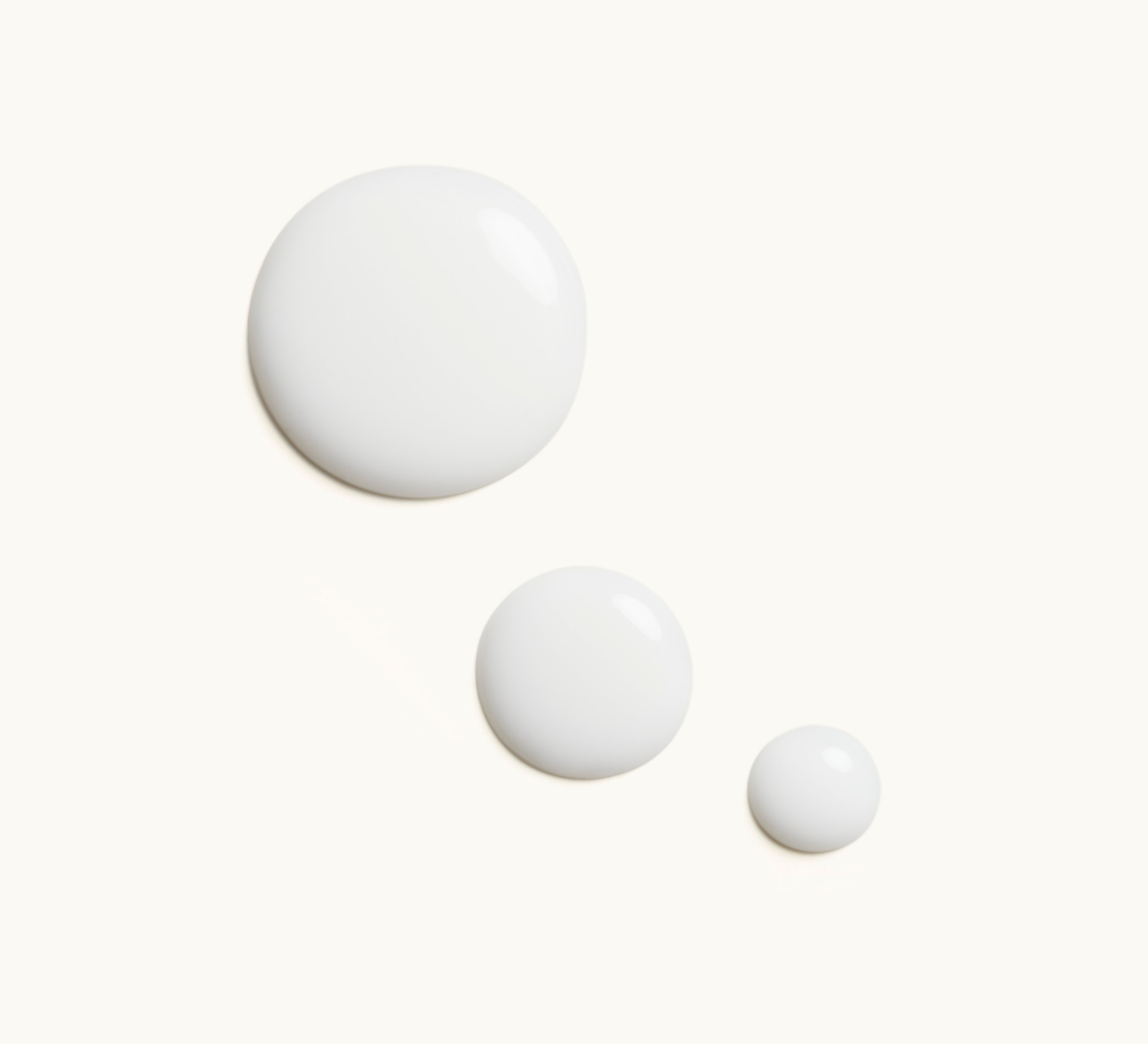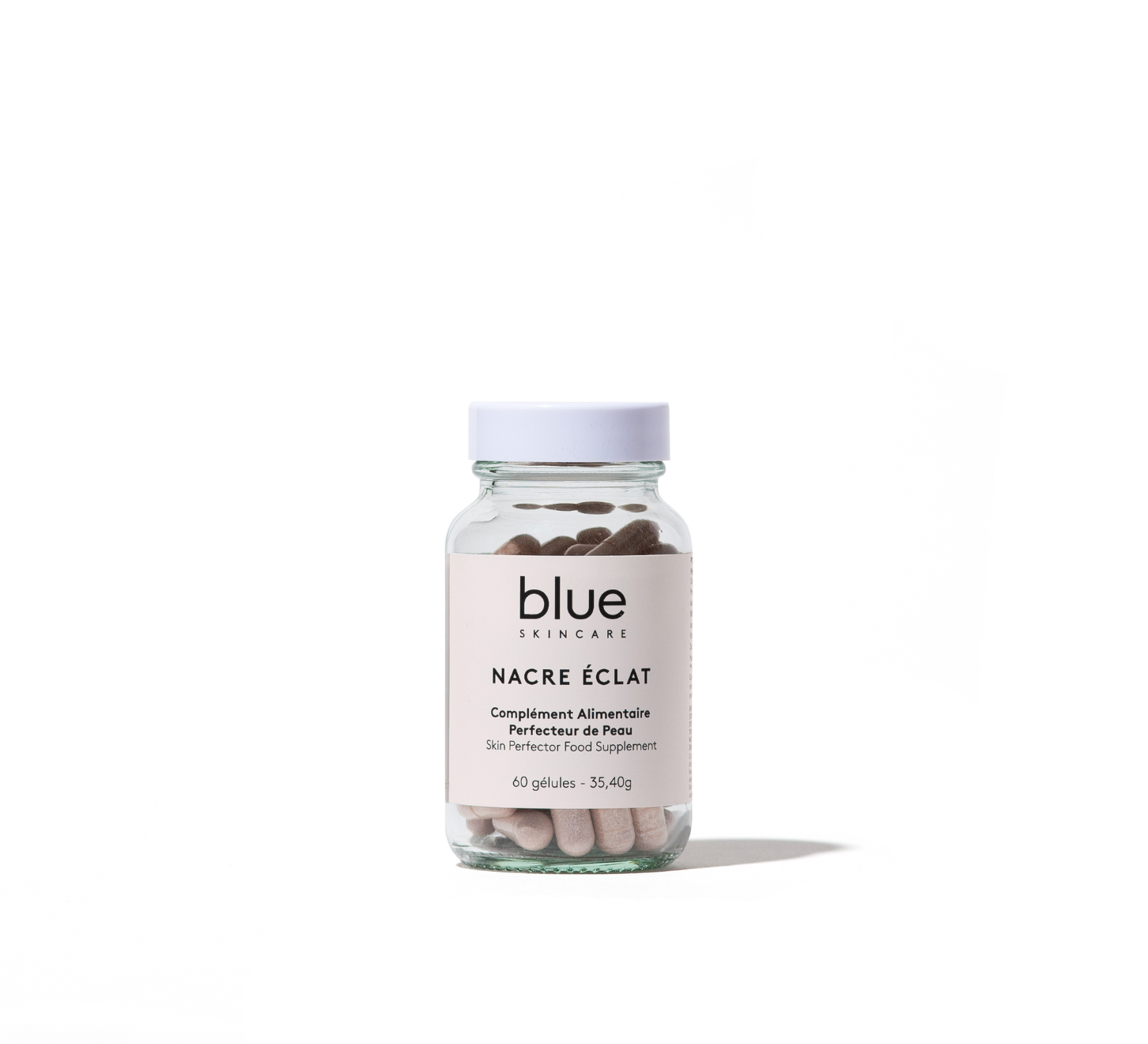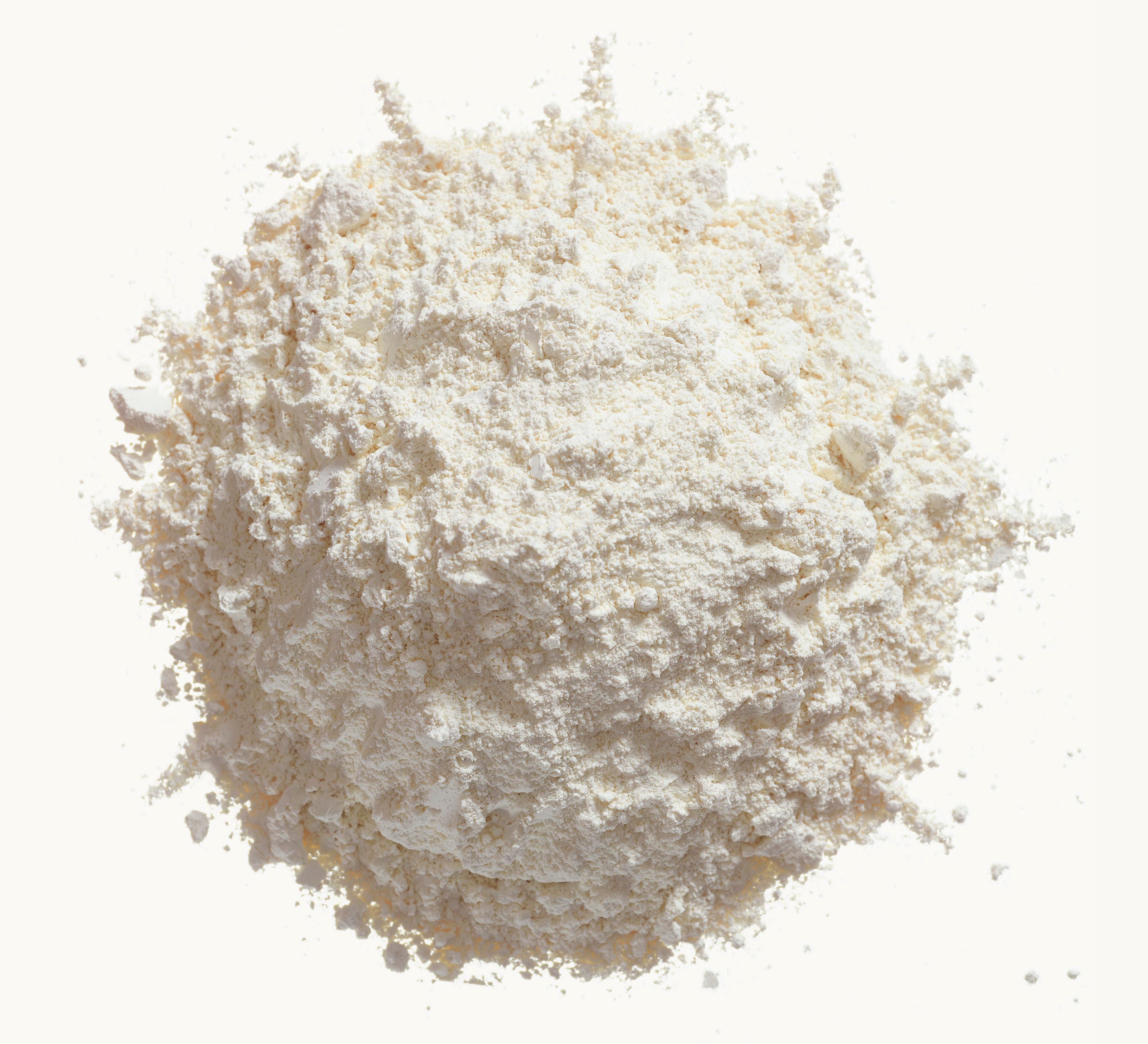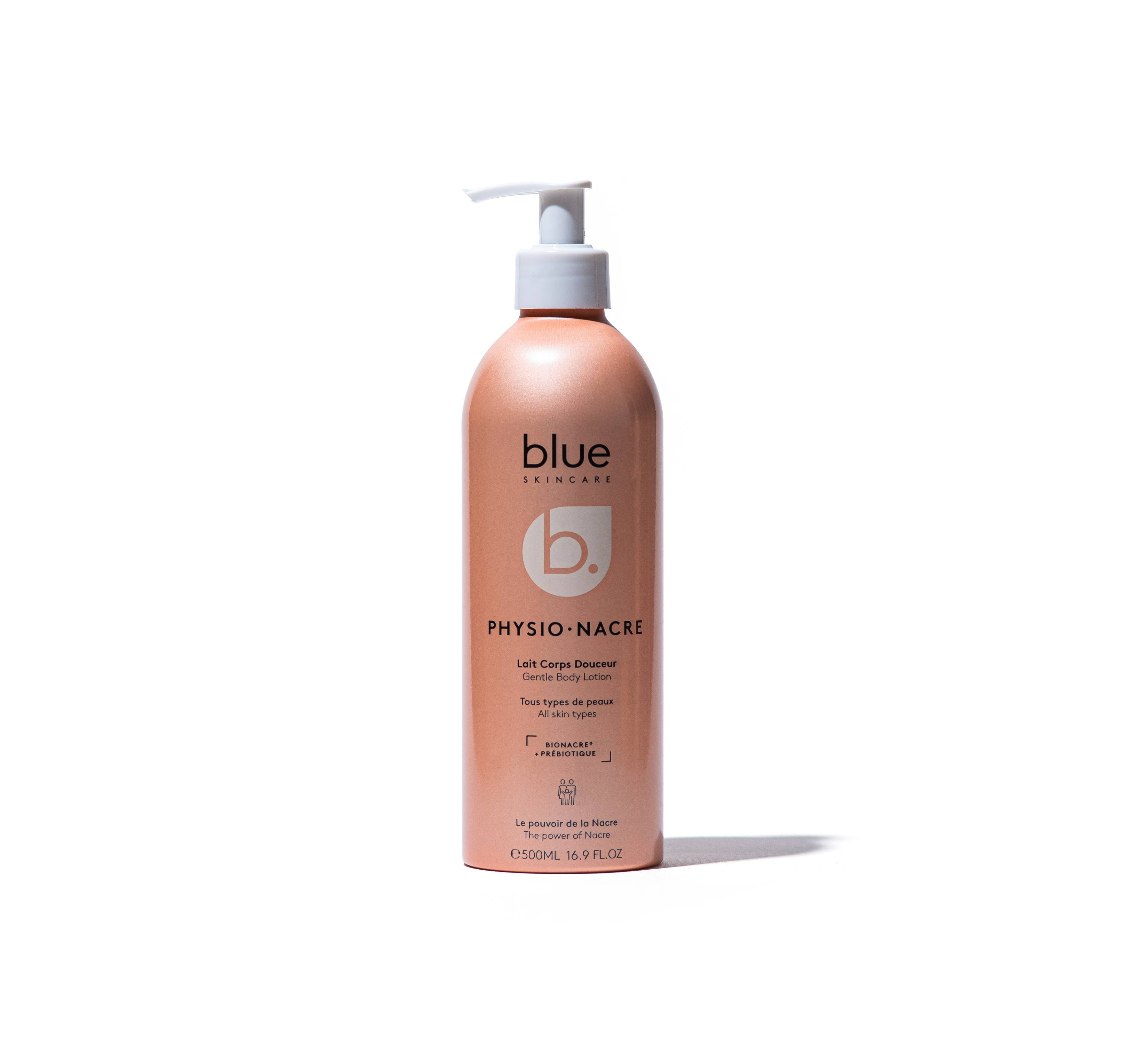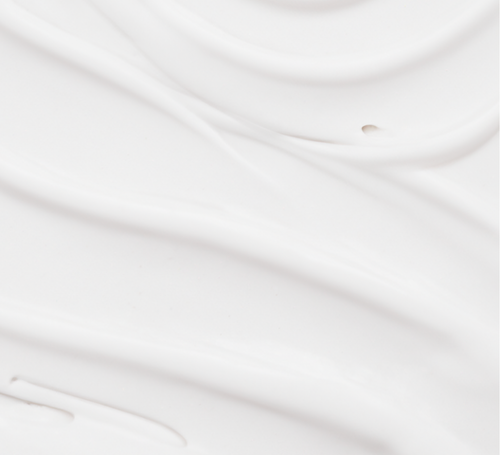En beauté comme dans les autres industries, le « Made in France » a le vent en poupe. Pourtant, doit-on forcément s’y convertir pour acheter clean ?
Consommer plus responsable, en privilégiant les producteurs nationaux, voire les circuits courts… cette tendance, naissante depuis quelque temps, a pris son essor avec la crise sanitaire. En beauté aussi, les consommateurs réclament des produits plus sains et attachent de plus en plus d’importance à leur origine. Pour autant, est-il si facile d’accoler l’appellation « Made in France » à un produit de beauté ? Et cela signifie-t-il forcément être clean ?
Bien plus facile en alimentaire qu’en cosmétique
Côté alimentation, on peut facilement privilégier un circuit avec le moins d’intermédiaires possibles en achetant son panier de légumes auprès d’une AMAP (Association pour le Maintien d’une Agriculture Paysanne) ou du maraîcher-producteur du coin, soutenir le restaurateur qui utilise des produits locaux et de saison. De plus, les denrées alimentaires (fruits & légumes, viandes, fromages…) sont soumises à un marquage d’origine obligatoire dans le cadre des réglementations sanitaires. Il existe des AOP (Appellation Origine Protégée) et IGP (Indication Géographique Protégée), des Labels France, etc.
Trois bonnes raisons pour choisir la Beauté « Made in France »
- Une réglementation drastique. L’Union européenne a adopté une réglementation en matière de cosmétiques des plus contraignantes au Monde. Certaines substances sont réglementées, d’autres ont été interdites, les bonnes pratiques de fabrication (standard qualité ISO 22716) concernant toute la chaîne de production de la matière première aux déchets et les modes d’expédition sont fixées. Et tout produit vendu dans un canal officiel au sein de l’UE, que ce soit un point de vente physique ou virtuel, se doit de la respecter.
- Soutenir l’économie locale et s’assurer de conditions de travail respectueuses des salariés. En France, un salaire minimum est assuré avec un temps de travail décompté, une mutuelle dorénavant obligatoire pour chaque salarié, une médecine du travail, etc.
- Réduire les émissions de gaz à effet de serre liées aux transports (en évitant qu’un produit fasse trois fois le tour de la planète avant d’arriver sur ses étagères).
Le marquage « Made in France » n’est pas une garantie à 100 %

Le marquage de l’origine d’un produit non-alimentaire est facultatif en Europe. Mais dès lors que la mention « Made in France » ou « Fabriqué en France » apparaît sur un produit cosmétique, ses fabricants doivent se conformer aux règles d’origine non-préférentielle adoptées à l’Organisation Mondiale du Commerce (OMC) et aux dispositions européennes applicables. Celles-ci permettent d’établir la nationalité d’un produit, quand des facteurs de production d’origines diverses interviennent au niveau de sa composition, de ses matières premières ou de ses étapes de fabrication. Ces règles et dispositions obligent, entre autres, à ce que la dernière étape d’assemblage, ou son ultime transformation substantielle ait été réalisée sur le territoire français.
En résumé, la mention « Made in France » ne garantit pas que les ingrédients proviennent de France, mais qu’au moins une des étapes déterminantes de sa conception a été réalisée dans l’Hexagone.
Le label Origine France Garantie, par exemple, oblige à une fabrication à hauteur de 83 % en France.
Le casse-tête des matières premières
Karité d’Afrique, Argan Marocain, Aloe Vera Mexicain, Ylang Comorien, Rose Turque ou Bergamote de Calabre… pour ne citer que des ingrédients d’origine végétale. Pas évident de formuler un cosmétique – et plus encore un parfum – avec uniquement des ingrédients sourcés sur le sol français. De même pour les packagings (pompes, tubes, etc.), qui peuvent être fabriqués à l’étranger, et pas forcément en Asie du Sud-est.
Une partie des matières premières est donc importée en France, mais une fois sur le territoire, les entreprises sont désormais vigilantes sur le fait que les étapes de transformation jusqu’au produit fini se fassent dans un espace limité.
Le cosmétique local, en vogue
Depuis quelques années, on voit fleurir des « marques locales » qui non seulement mettent en valeur une matière première de leur territoire, mais assurent une fabrication globale dans un rayon d’une centaine de kilomètres autour de leur base. La plupart choisissent de se centrer sur un ingrédient phare qu’elles cultivent elles-mêmes ou qu’elles recueillent auprès de petits producteurs régionaux en leur assurant un revenu. Un « circuit court » ou « locavore » de la cosmétique adopté par Graine de Pastel dans la région de Toulouse, Océopin autour du Cap-Ferret, Pulpe de Vie en région PACA, La Chênaie ou Vinésime en Bourgogne…




Les grands groupes s’y mettent aujourd’hui : pour le bleuet utilisé par Klorane dans une de ses lignes phare, 48 km séparent le lieu de culture de la plante des deux usines fabriquant les produits, autour de Castres et Toulouse. Yves Rocher possède à La Gacilly, son fief breton où sont situées ses usines, un « jardin » où sont cultivées l’essentiel de ses plantes, et vient d’y relocaliser la production de ses Eaux florales, auparavant manufacturées dans le Sud de la France ! Et L’Oréal possède deux marques « locales » : Sanoflore ancrée dans le Vercors et La Provençale à base d’huile d’olives AOP.
Ce Made in France peut s’exporter hors de l’Hexagone puisque certaines marques nationales vendent dans toute la France et parfois dans de nombreux autres pays.
Et le Clean dans tout ça ?
Acheter Clean, ce n’est pas nécessairement acheter « Made in France » puisque de nombreuses marques de Clean beauty étrangères existent.
Ce qu’il faut garder en tête c’est qu’en achetant français, on se garantit traçabilité, éthique salariale et dans une grande mesure, réduction de l’empreinte carbone par les transports. Côté formulation, certaines marques cosmétiques françaises sont en train de « cleaner » leurs produits en enlevant les substances controversées, et repensent leurs emballages pour que ceux-ci soient les plus éco-responsables possible.
En conclusion, lorsque vous achetez un produit « made in France », celui-ci n’est pas nécessairement clean, loin de là. Mais c’est déjà bien de raisonner local dans tous vos actes de consommation, qu’il s’agisse de beauté, d’alimentation ou de prêt-à-porter.
L’idéal, vous aurez compris, étant de privilégier les marques clean ET made in France.
